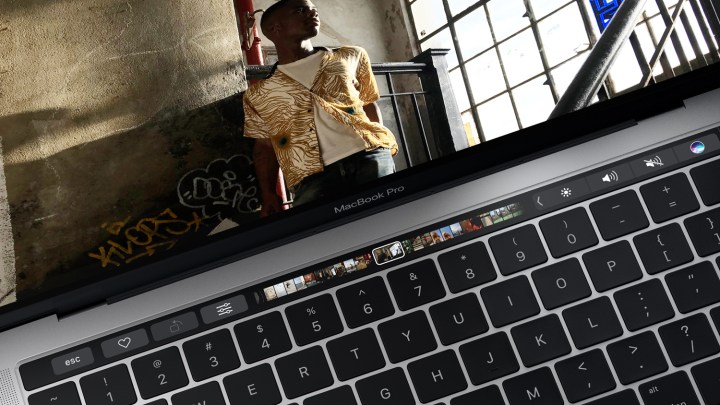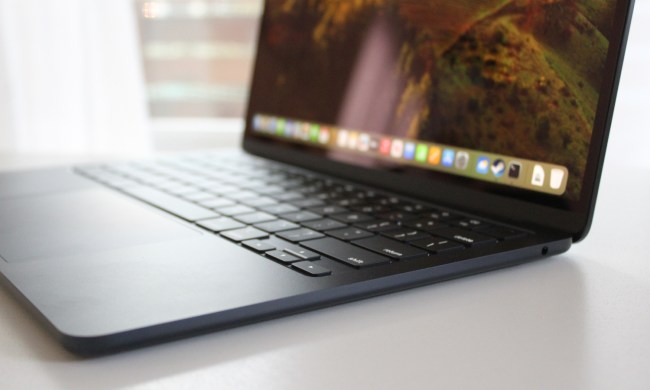
Macs have made a chiming noise at start-up since the 1980s, and since 1999 the sound has been a standard F-sharp major chord across all of Apple’s computers. The chime was memorably featured in Pixar’s Wall-E, serving as the start-up tone for the titular robot.
The new range of MacBook Pro systems will not use the iconic start-up chime by default, according to a report from Pingie. However, there is a good reason for the change — the laptop doesn’t initialize in the same way that its predecessors did.
The new MacBook Pro actually turns itself on if the lid is opened while the system is switched off, as per reporting by 9to5Mac. Waking the computer from sleep mode and turning it on by opening the lid are apparently only differentiated by a few seconds of loading, making the sound effect seem a little superfluous.
As such, it’s easy to see why Apple decided that the classic chime had to go. Opening your laptop in the middle of a meeting, only to have the rest of the room hear the sound is perhaps not the best possible user experience.
Fortunately enough for any Mac traditionalists, there is a way to reactivate the start-up chime on Apple’s new hardware. Users only need to enter a relatively simple string into the Terminal app to put things back the way they were, according to a guide from Pingie.
For now, the start-up chime hasn’t been erased entirely — but it certainly seems like it’s being phased out.


